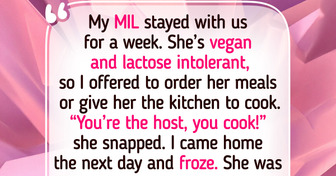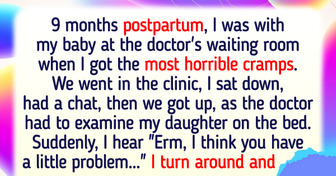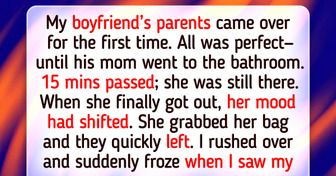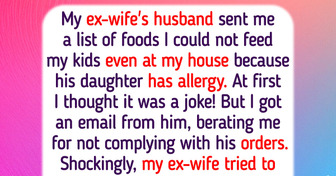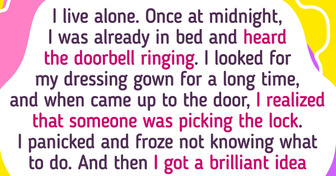12 People Who Learned the Truth When It Was Too Late
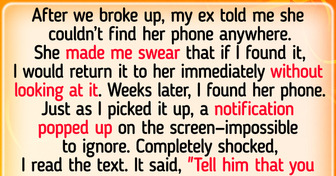
Bright Side did some research online to discover where the dirtiest locations in your home are. Keep reading to learn how to get rid of them.
Sometimes, dust can hide in places you don’t even think about. Your washing machine, especially the seal, is known to harbor mold if not cleaned. Just because it cleans clothes doesn’t mean a washing machine cleans itself. Mold thrives on the machine’s dampness and detergent residue. The dirt in the washing machine is a common household problem caused by forgetting to clean the washer and/or running it incorrectly.
We all have our coffee preferences: black, extra whipped cream, espresso, iced, etc. But what we don’t expect is to drink it with a load of bacteria packed inside! This is possible if you’ve not cleaned your coffee machine in weeks or as frequently as you should.
Most domestic coffee makers, according to studies, contain yeast and mold in their water reservoirs, making them bacteria-infested environments. It is, however, entirely dependent on how frequently you use it daily. That being said, you can keep your machine clean and your coffee tasting good by following a few simple methods.
Even if you are the most meticulous cleaner, you may ignore areas of your home that you believe are clean. The remote control is one of these. This domestic item, according to experts, is 20 times dirtier than a toilet seat, since it has a high concentration of bacteria, yeast, and mold spores. It is one of the most commonly overlooked household items, with which almost anyone comes into contact hundreds of times daily.
Your remote might be entangled in the sofa, coughed on, or covered in a myriad of sticky things. Cleaning and disinfection are simple; all you need to do is wipe off the surface of the remote control once a day.
If you wash your kitchen surfaces and dishes with a sink sponge and replace it once a month, this post may persuade you to change your cleaning habits as quickly as possible. We use sponges all the time, expecting they will clean the dishes, but they actually spread germs all over our kitchen countertops. Sponges are surprisingly dirty for being a cleaning item; the bacterial concentration on sink sponges is certainly the greatest of almost any area in your home.
Although a dirty sponge may be discarded, many people try to minimize waste by microwaving it to destroy germs with heat. We may kill bacteria using this kind of sanitation, but not all of them. As a result, rather than removing the germs, you are letting them proliferate. Dispose of your sponges every 2 to 3 weeks to ensure complete bacteria removal.
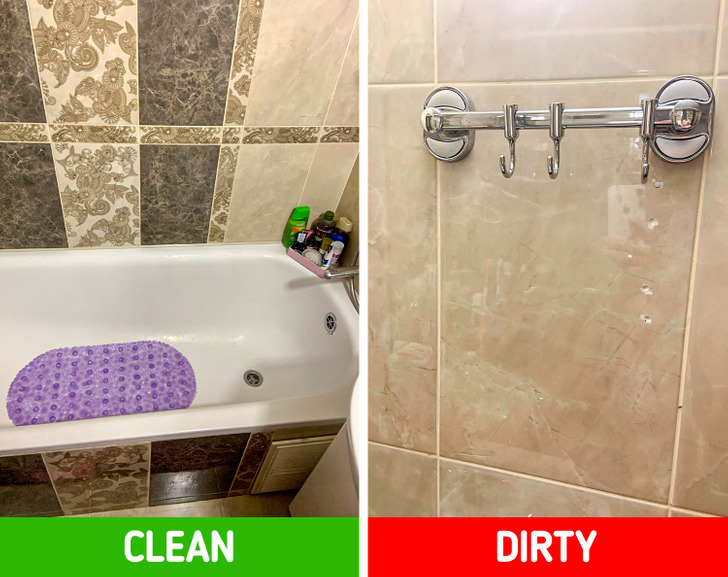
Many people prefer not to think about the microorganisms residing in their toilets, so they keep them as clean as possible. Most focus on washing their sinks, floors, and toilets; nevertheless, many polls and research show that we rarely wipe towel racks when cleaning our bathrooms. As a result, it’s no wonder that towel holders are among the dirtiest items in our bathrooms.
Showering is a common occurrence for all of us. However, if you thought your shower was the cleanest location in your house, it would surprise you to know that it might be a fertile ground for dangerous germs, and you have no idea. It’s easy to assume the showerhead cleans itself, but this is not the case.
Many scientists have discovered that the showerhead creates an ideal habitat for the growth of potentially fatal microorganisms, such as mycobacterium, which might also cause lung illnesses. It’s brimming with bacteria, and the water that passes through it is mineral-rich.
Our toothbrushes should be sanitized and changed at least once a month, according to dentists. They do not, however, tell us to clean our toothbrush holders. This bathroom item is commonly overlooked; bacteria from the toothbrush adhere to the holder, as well as bacteria from other parts of the bathroom.
If you share a toothbrush container with family members, it implies that if one of them fails to properly clean their hands, the entire holder is at risk. The simplest approach to clean it is to run it through the dishwasher once a week, as it will destroy most of the germs.
Were you surprised to learn about these dirty places? Do you already clean them every day?


